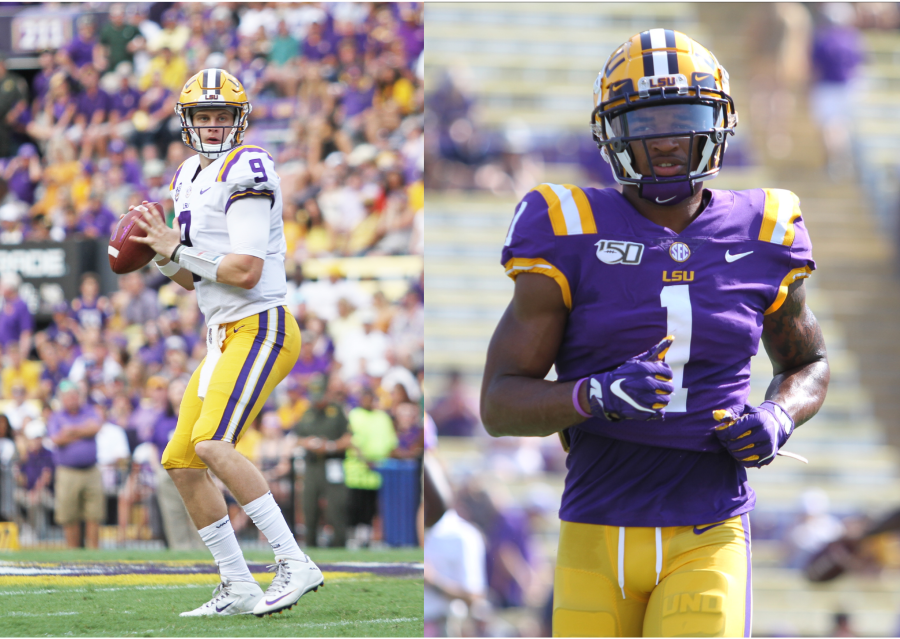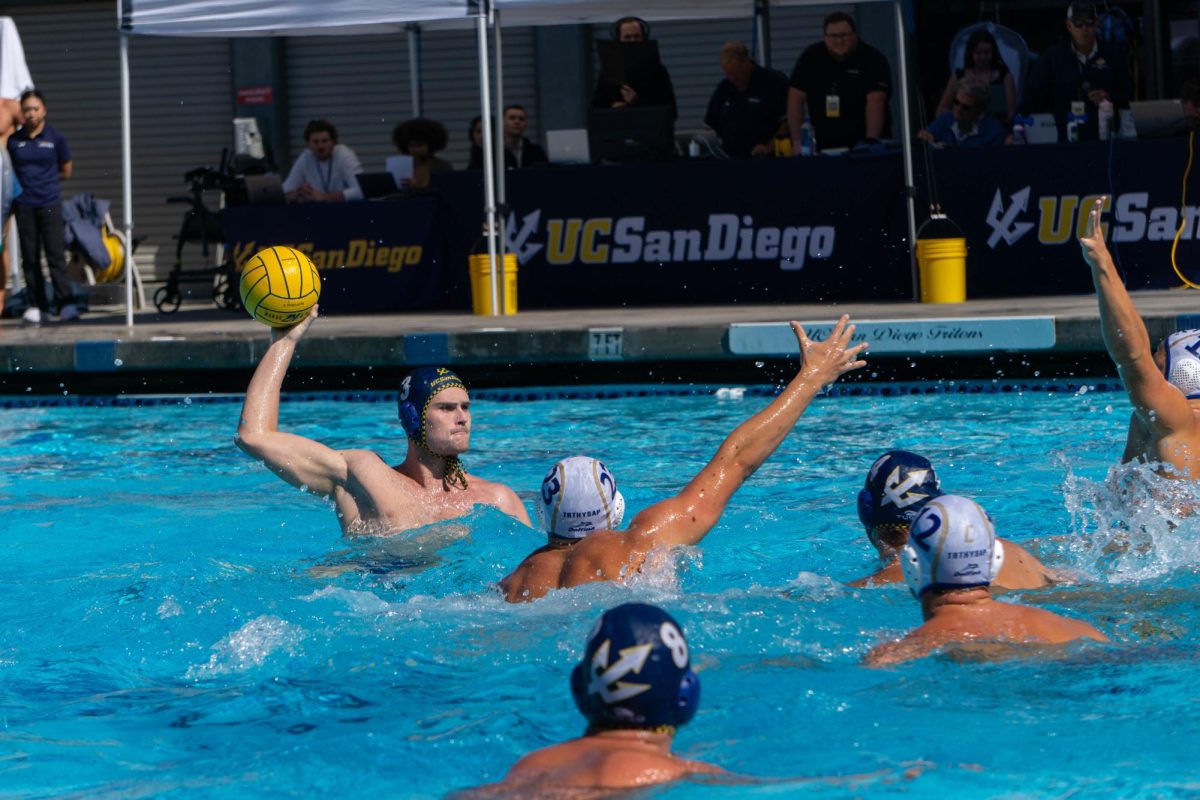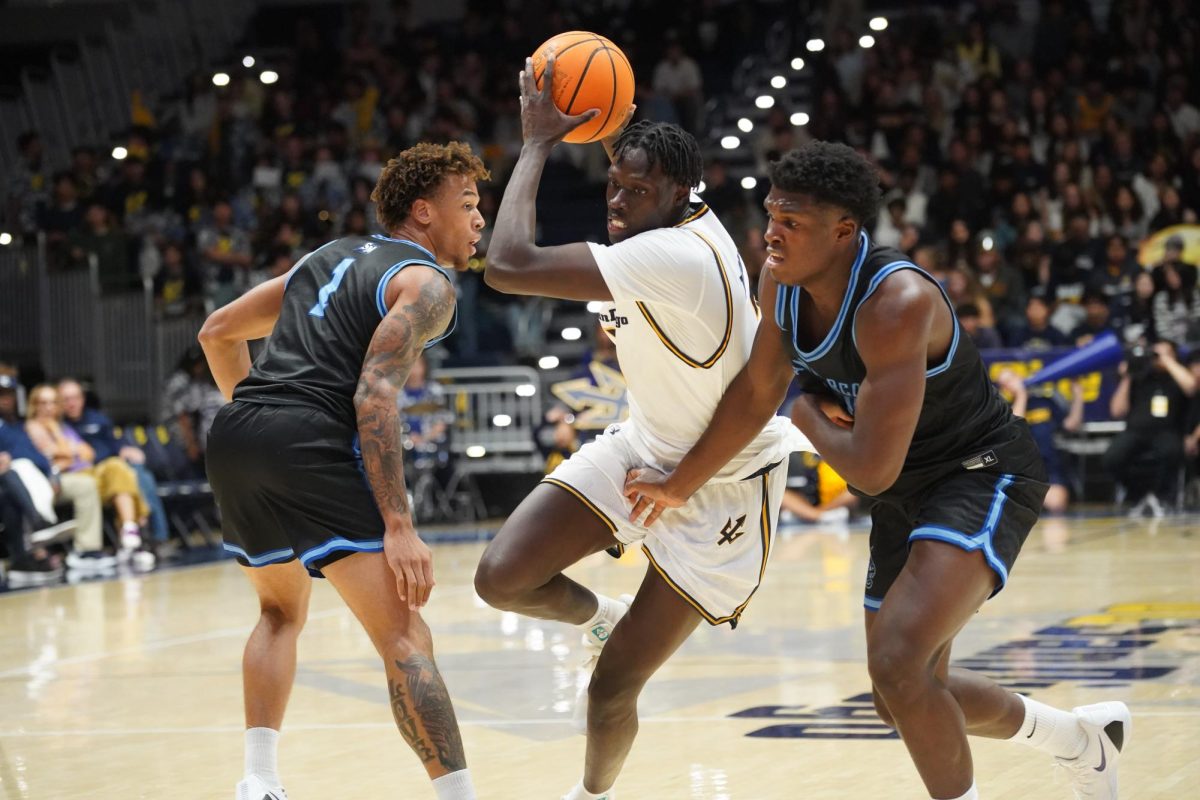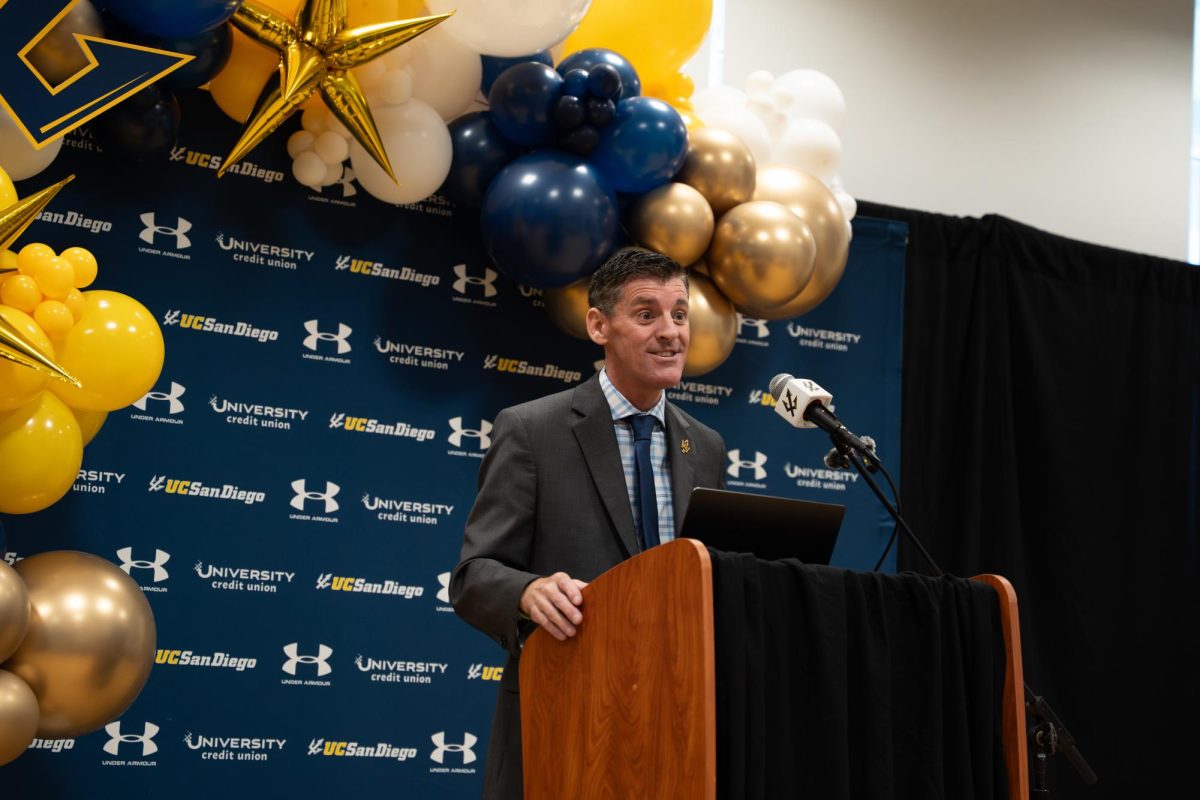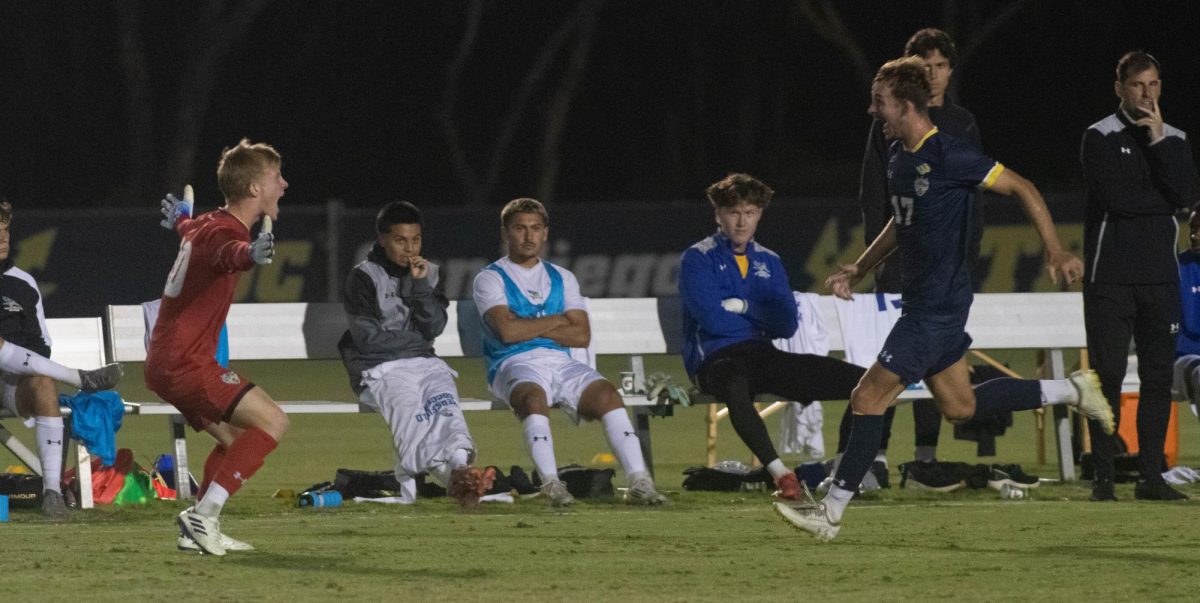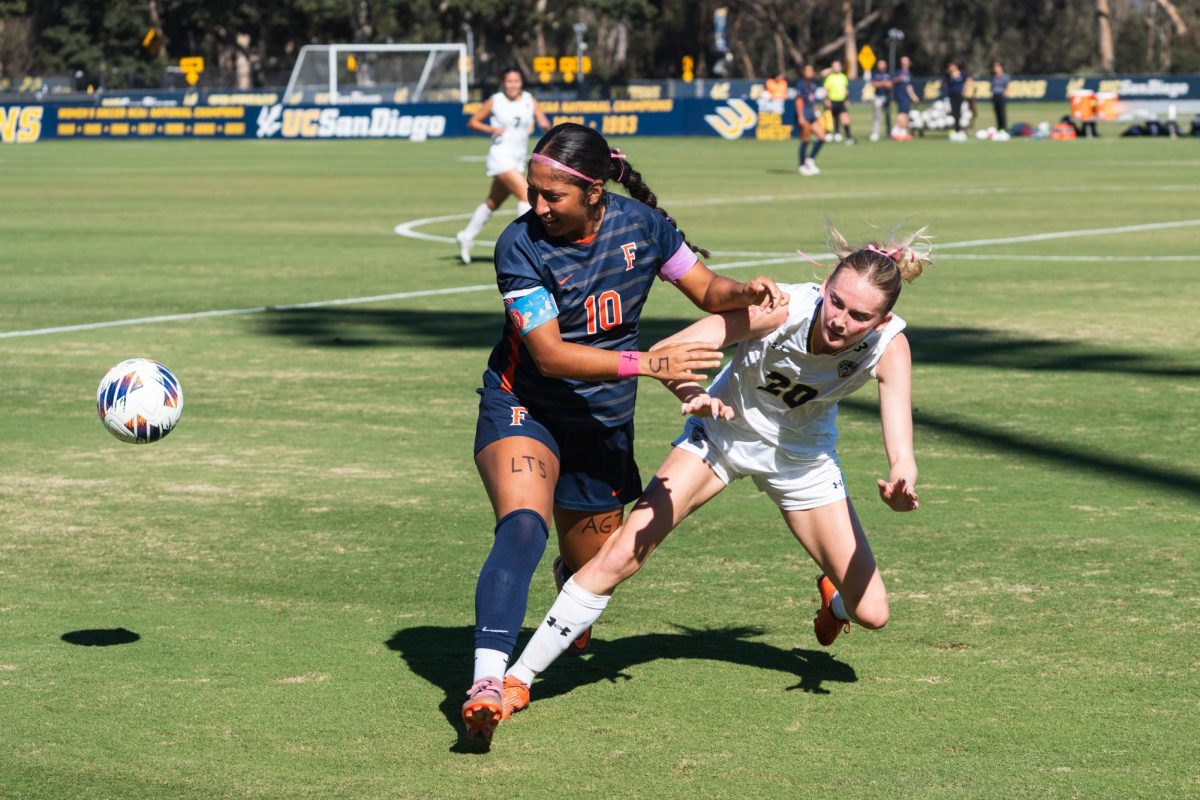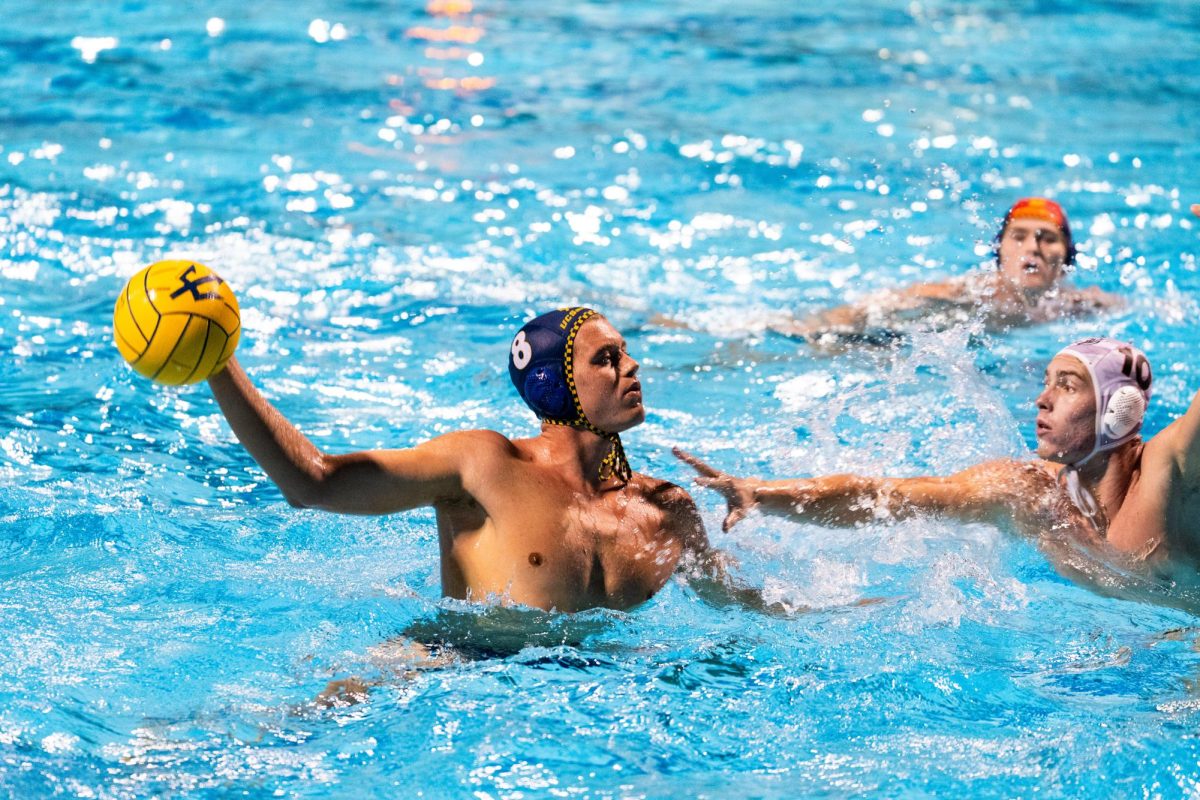The 2021 NFL Draft has arrived. For teams, it’s an opportunity to rebuild and reload with rookie talent; for prospects, it’s the culmination of years of hard work and the fulfillment of childhood dreams. Returning to an in-person format, the regular pomp and circumstance of the draft was on full display: fancy suits, hugs with Roger Goodell, and the timeless draft pick jingle. With the draft in the books, here are some first reactions to the results and how they will affect the 2021 season.
Welcome to the Trey Area
Trey Lance! After months of speculation, you could feel the sense of relief wash over the Bay Area after the 49ers selected the North Dakota State University quarterback — and not Mac Jones — third overall. The 49ers took a chance moving up to three and bet on the player with the most upside. Lance has all the tools to become a superstar in the league: big arm, high football IQ, and athleticism. Not only is he physically talented, but he’s also one of the smartest QBs in the draft. The big questions still surrounding Lance are his inexperience and his rawness. Lance hasn’t played a whole lot of high-level football, only having started 17 college games, and he’s played in run-heavy offenses that haven’t asked him to make very many pass attempts. Lance has all the athletic tools but is still a little unrefined. Another highly drafted, toolsy, and inexperienced quarterback was Mitch Trubisky, and we all know how that went.
But Lance isn’t Trubisky 2.0. The 49ers aren’t in a position where they need to rush Lance onto the field. Jimmy Garoppolo is still under contract and Lance has the chance to sit behind him and develop. And even if Lance has to start, he’s backed up by a strong supporting cast: a defense that was top-5 in yards last season, playmakers on offense, and Kyle Shanahan, the ultimate trump card.
The move for Lance puts the 49ers firmly in position for another Super Bowl run. For the first time under Kyle Shanahan, the 49ers have a QB who doesn’t need to be carried by the scheme and a QB who can run. With Lance, Shanahan doesn’t have to limit himself and can expand his playbook.
Friends Stick Together
When you’re moving to a new city and starting a new job, it’s nice to have someone you know close by. A number of draft picks will have exactly that, after being drafted to play with college teammates. Tua Tagovailoa and Jaylen Waddle were reunited in Miami after playing together at the University of Alabama. Louisiana State University alums Ja’Marr Chase and Joe Burrow will reconnect in Cincinnati and ex-Clemson University teammates Trevor Lawrence and Travis Etienne will stay together in Jacksonville.
Is this a coincidence or an actual draft strategy by teams? Probably just a coincidence. But it is interesting to see whether college connections can extend into the NFL. The argument for drafting college teammates would be that they would have chemistry and a level of comfort with each other that would help at the professional level. On the other side, the NFL and college are entirely different environments, with a higher level of competition and different coaching staffs and schemes. College connections would not be able to withstand that.
The truth probably lies somewhere in the middle. Each of those players is talented in their own right. Whether they landed with their college teammate or not, they would have produced at a high level. But the additional level of familiarity and comfort will likely provide these prospects with an extra boost.
Good Things Come in Small Packages
Wide receivers are a lot like candy bars. They seem to get smaller every year. Of the eleven wide receivers drafted in the first two rounds, only one was taller than six feet and only two weighed more than 200 pounds. Before the draft, a lot was made about the weight of DeVonta Smith, who is listed as 6’0” and 170 pounds, but that wasn’t enough to stop the Philadelphia Eagles from drafting him 10th overall. Of a group of smaller wide receivers, Tutu Atwell, the second-round pick out of the University of Louisville by the Los Angeles Rams, has to be the smallest of the bunch. He’s listed at 5’9”, 155 pounds, but his true size may be smaller; at the Indianapolis medical combine, he measured 5’8” and 149 pounds. Some see Atwell’s smaller build as a negative, but it’s made him one of my favorite players in the draft, in no small part because my height, weight, and wingspan are almost the same as his.
The argument against smaller receivers revolves around injuries. Smaller wideouts get injured more because they have less mass to absorb big hits. But do lighter players suffer more injuries than heavier players? I suspect the difference isn’t significant. On the flip side, you could also say that heavier receivers are more injury-prone because their higher weight puts more strain on their joints. There aren’t any hard numbers on either side of this argument, but it’s beginning to feel like receiver weight is an overhyped stat, like QB hand size. Now, I’m not saying that teams should draft 5’7”, 135-pound wideouts. But if a player is shown to be talented and capable, their weight should not be a red flag and held against them.
The trend towards smaller wide receivers reflects an evolution in the NFL’s passing game. Bodying up a defender isn’t the only way to get open. Understanding how to use space, having speed, and being able to operate in the middle of the field are key to play in a modern offense. To have the skills, a wideout needs to be smart and athletic; they don’t need to be big.
Photos courtesy of Tammy Anthony Baker


